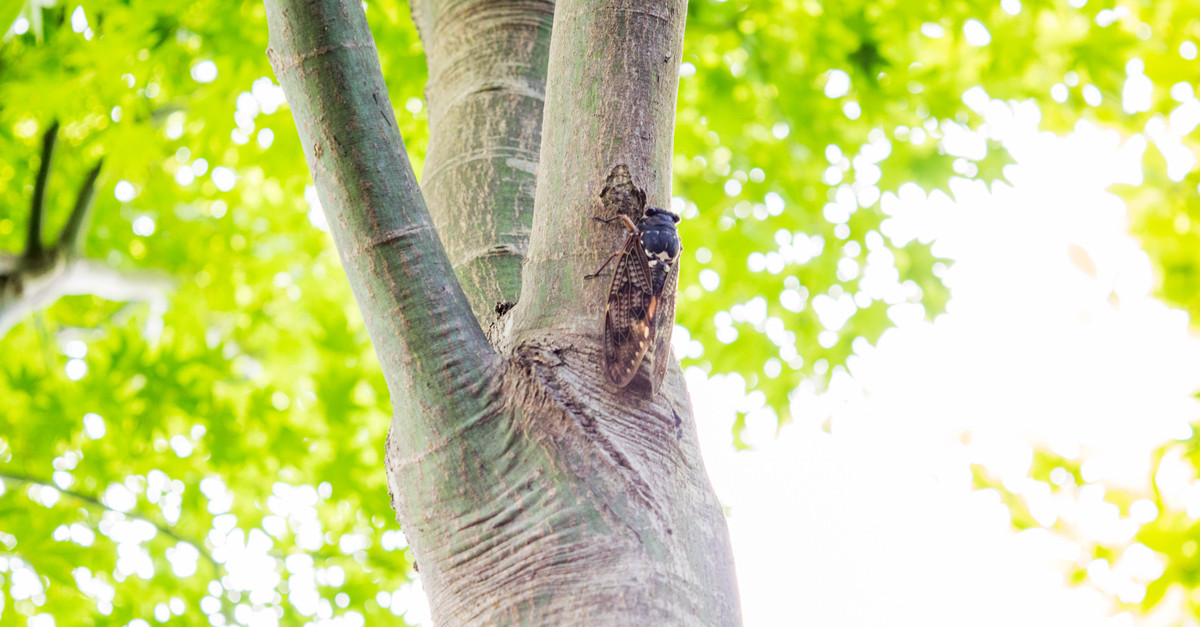4 Reasons You Need an Awesome (and Certified) Arborist
Trees are trees, right? How much help could you really need with them?
Tell that to your elderly elm, which needs a little more attention due to its dropped twigs, or your pining pine, which clearly needs a site with less water.
The thing is, trees are finicky about their needs and surroundings – just like trees and animals. If you’re not sure how to treat them, you need help. That’s where a certified arborist comes in. Here are four reasons you need one.
1. Certified Arborists Offer Lots of Resources
Not sure how to water your trees during the summer months or where to site that new oak tree you just picked up from the nursery? Hint: If you’re hoping to see that tree reach a ripe old age so your grandkids can swing from it, you need to plant it in the right place. These are the tips an arborist can bring to the table.
2. They Can Catch Pests in the Early Stages
Creepy-crawlies are a fact of life. Most of us are trained to find serenity whenever we see icky bugs on the surfaces that surround us, including plants and trees. However, just like in your basement, some bugs are harmless but some can cause serious damage. A certified arborist can help you recognize the bugs to watch out for each season and make a plan for dealing with them.
3. Arborists Help Your Trees Weather Storms
Whether (get it?) you’ve recently had a storm or are headed into thundershower season, it pays to know how to keep your trees safe. An arborist will help you prune correctly to ensure strong branches, and they can assist you in cleaning up after storms that cause cracks or broken branches in your trees. Bring it on, Zeus.
Oops, sorry … we meant Thor.
4. They Know a Lot About Urban Tree Care
Much of the information about tree care available online today presupposes that you live in a rural setting, or at least in the suburbs. But lots of people who live in the city care about their trees as well, and an arborist can help you determine how best to keep your branched beauties safe on the busy streets of Atlanta.
Need help? Premier Tree Solutions is a family-run business offering a huge range of arboreal services, including tree removal and trimming, pruning and storm damage repairs and cleanup, stump removal and grinding, debris removal, and more.
Looking to green up that beautiful yard and keep healthy trees alive for years to come? Just give us a call at 404.252.6448, or for an emergency, call 404.569.8897. Don’t wait to speak to your certified arboreal expert today.








